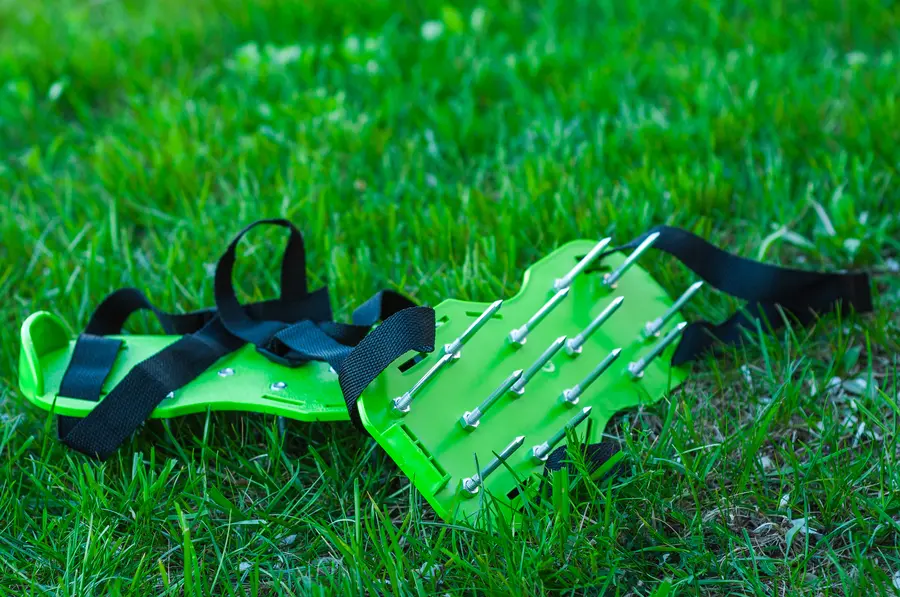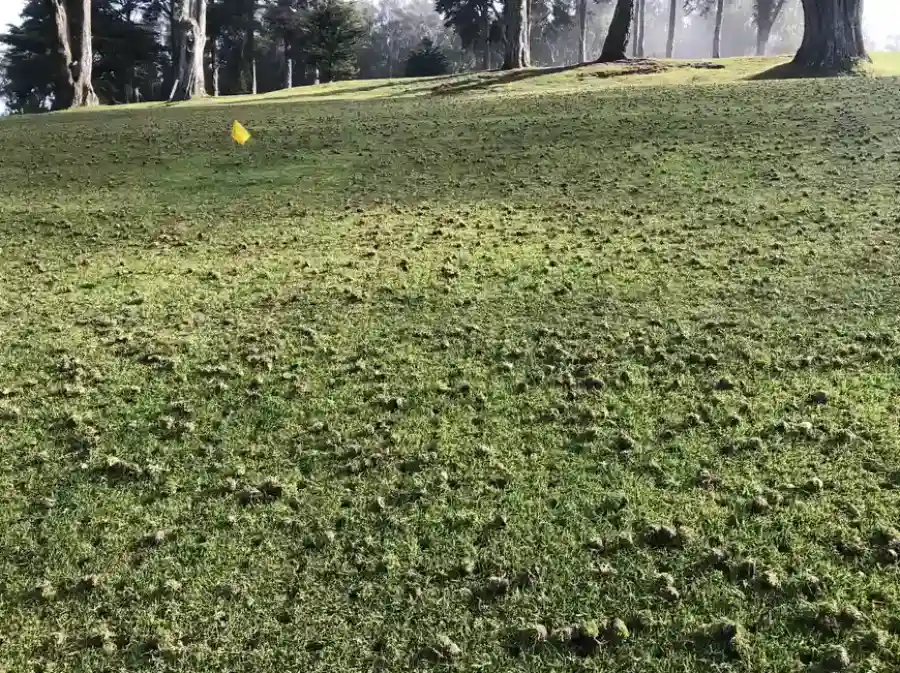Why Regular Ground Maintenance Reduces Unwanted Growth
Maintaining a healthy lawn requires more than just regular mowing and watering. For grass to thrive, it needs room to breathe and nutrients to grow. Over time, lawns can develop thick layers of thatch and become compacted, which makes it hard for essential elements like water and air to penetrate the soil. This not only stunts the growth of your grass but also encourages weeds to take hold. Understanding how to manage these issues effectively can transform your lawn into a lush, green landscape.

The Benefits of Improving Soil Health
One way to improve the health of your lawn is by using lawn aeration. This process involves perforating the soil with small holes to allow water, air, and nutrients to reach the roots. When done correctly, it can significantly enhance root development, leading to stronger grass that is better able to resist weed invasion. Furthermore, aerated soil provides an ideal environment for natural organisms that help break down thatch.
How Grass Strength Affects Weed Growth
Lawn aeration helps strengthen the grassroots, making it difficult for weeds to establish themselves. Weeds thrive in compacted soil where grass struggles to grow. By improving the soil structure through aeration, you give your lawn a competitive edge against invasive species. Healthy, dense grass naturally crowds out weeds, reducing the need for chemical interventions.

Reducing Thatch Accumulation Through Proper Techniques
A common issue in many lawns is the build-up of thatch-a layer of dead grass and roots that sits between the soil and the living grass. This layer can block nutrients and water from reaching the roots if left unchecked. Aeration breaks up this layer, allowing beneficial microorganisms to decompose organic material faster. By managing thatch, you maintain a healthier lawn environment.
Steps to Achieve Effective Aeration
To maximize the benefits of lawn aeration, timing and technique are crucial. It’s best to aerate during the growing season when the grass can heal quickly. Begin by moistening the lawn slightly; dry soil can be too hard for effective aeration.
- Use a core or spike aerator for best results
- Aerate during early spring or fall
- Avoid heavy foot traffic post-aeration
- Follow up with fertilization
The Role of Natural Organisms in Lawn Care
Healthy soils teem with life, including earthworms and beneficial bacteria that naturally keep soil loose and fertile. By aerating your lawn, you promote their activity, which aids in breaking down thatch and enriching soil nutrients. This creates a self-sustaining cycle that enhances lawn vitality without synthetic additives.
Cost and Time Considerations for Homeowners
For homeowners worried about cost, aeration offers significant returns on investment by reducing long-term maintenance needs and enhancing curb appeal. While professional services are available, renting equipment for DIY efforts is another option. Both choices involve minimal disruption yet deliver lasting results for your lawn’s health.
Your Path to a Lush Green Lawn Starts Here
Choosing to focus on improving your lawn’s soil health can pay dividends in reduced weed presence and less thatch build-up. By implementing strategies like lawn aeration twice yearly, you create an ecosystem where grass thrives naturally. Interested in transforming your outdoor space? Call us at (708) 289-2425 for expert advice on achieving your dream lawn. Located in Markham, IL, our team at RM Lawncare Services specializes in crafting beautiful landscapes tailored to your needs.